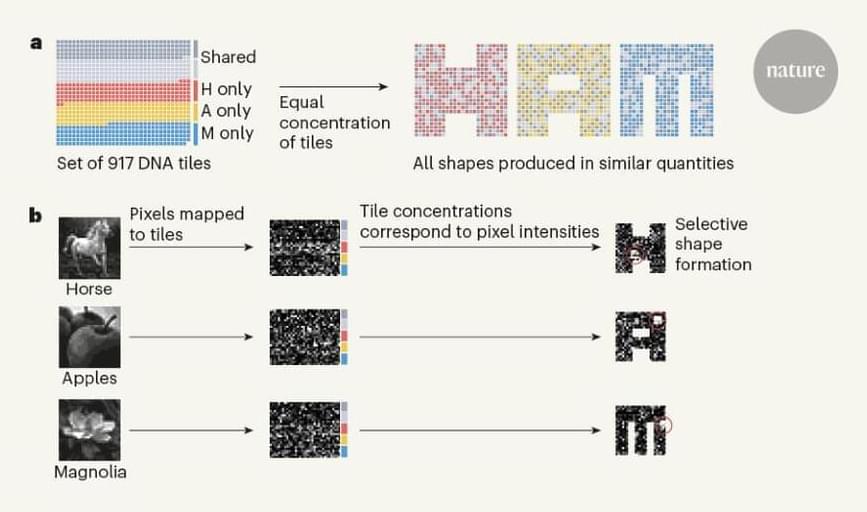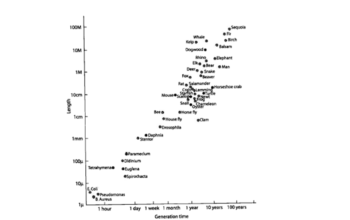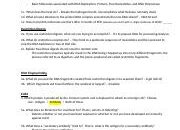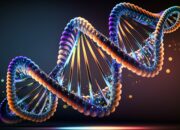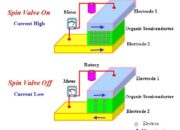Self-assembling transistors represent a cutting-edge intersection of molecular biology and nanotechnology, offering a glimpse into the future of computing that leverages the remarkable properties of DNA. In recent years, researchers have been delving into the potential of DNA not merely as the biological code of life but as a functional component in electronic devices. This article elucidates the conceptual framework, current advancements, and future implications surrounding self-assembling transistors using DNA as a self-organizing medium.
The foundation of self-assembling transistors lies in the unique characteristics of DNA molecules, which exhibit high programmability, specificity in hybridization, and intrinsic stability under various physical conditions. DNA’s double helix structure, composed of nucleotide sequences, enables the construction of various configurations through base pairing interactions. This feature allows molecular recognition processes to facilitate the arrangement and organization of transistors at the nanoscale.
Current semiconductor technology predominantly relies on silicon-based transistors, which are limited by their size and fabrication complexity. As the demand for smaller, faster, and more efficient devices grows, the natural limitations of traditional materials become evident. Therefore, researchers are increasingly turning towards biomolecular approaches. DNA’s ability to self-assemble into defined structures presents a promising alternative, transforming the traditional semiconductor landscape.
One of the most compelling aspects of DNA-based transistors is their potential for scalability. Conventional lithography techniques used in silicon fabrication face challenges as dimensions shrink below the nanometer scale. In contrast, DNA molecules can naturally form structures at the nanometer scale with relative ease. Researchers utilize templating methods, where DNA scaffolds serve as precise molds for depositing conductive materials, resulting in intricate transistor networks.
In constructing these self-assembling transistors, several methodologies have emerged. One prominent approach employs the use of DNA origami—a technique in which long strands of DNA are programmed to fold into desired geometrical shapes. By incorporating conductive nanoparticles or organic semiconductor materials into the DNA scaffolds, functioning transistors can be realized. Such a technique promises a significant leap forward in creating highly integrated electronic circuits.
Another noteworthy method involves the use of hybrid DNA-based systems that integrate traditional conductive materials with biological components. For instance, combining DNA structures with carbon nanotubes has shown enhanced electronic characteristics, allowing for improved charge transport and processing capabilities. This synergy not only takes advantage of DNA’s self-assembly potential but also introduces novel electronic properties typically unachievable with conventional materials.
The operational principles of DNA-based transistors are akin to those of traditional field-effect transistors (FETs). By applying a gate voltage through a DNA strand, charge carriers can be modulated, allowing for the control of current flow in the device. This operation, deftly executed at the nanoscale, exhibits the possibility of ultra-low power consumption—a pivotal requirement in the design of next-generation electronic devices.
However, several challenges remain in translating this promising research into practical applications. Stability poses a significant concern; DNA’s susceptibility to degradation, particularly in environments typical of electronic devices, necessitates the development of encapsulation techniques to protect DNA structures. Additionally, achieving reproducibility and integration with existing electronic systems remains an ongoing area of research that must be addressed to facilitate commercialization.
The implications of self-assembling transistors stretch far beyond mere convenience. The realm of biocomputing is poised to expand, leveraging bioinspired approaches that could integrate biological processes with electronic functionalities. This confluence of disciplines could pave the way for innovative devices that are not only more efficient but also capable of complex decision-making patterns akin to biological systems.
Moreover, the marriage of computing and biotechnology could lead to significant advancements in data storage and processing. DNA’s natural ability to store vast amounts of information in a compact format has intrigued scientists. DNA-based transistors could play a critical role in next-generation memory devices, revolutionizing the way data is stored, accessed, and processed.
The exploration of self-assembling transistors is still in its nascence, promising a plethora of innovations on the horizon. As researchers elucidate the compatibility of these biomolecular systems with existing fabrication processes, the potential for commercial applications becomes increasingly tangible. The synthesis of self-assembling transistors through DNA could ultimately catalyze breakthroughs in various fields including medical technology, telecommunications, and artificial intelligence.
Looking ahead, holistic approaches that synergize molecular biology, nanotechnology, and engineering disciplines will be crucial. As paradigms shift from conventional materials to these innovative biomolecular systems, comprehensive interdisciplinary collaboration will be necessary. The future of electronics may very well hinge on the adaptability and ingenuity of DNA-based systems, heralding a new era of computing defined by self-assembly, efficiency, and unprecedented functionality.
